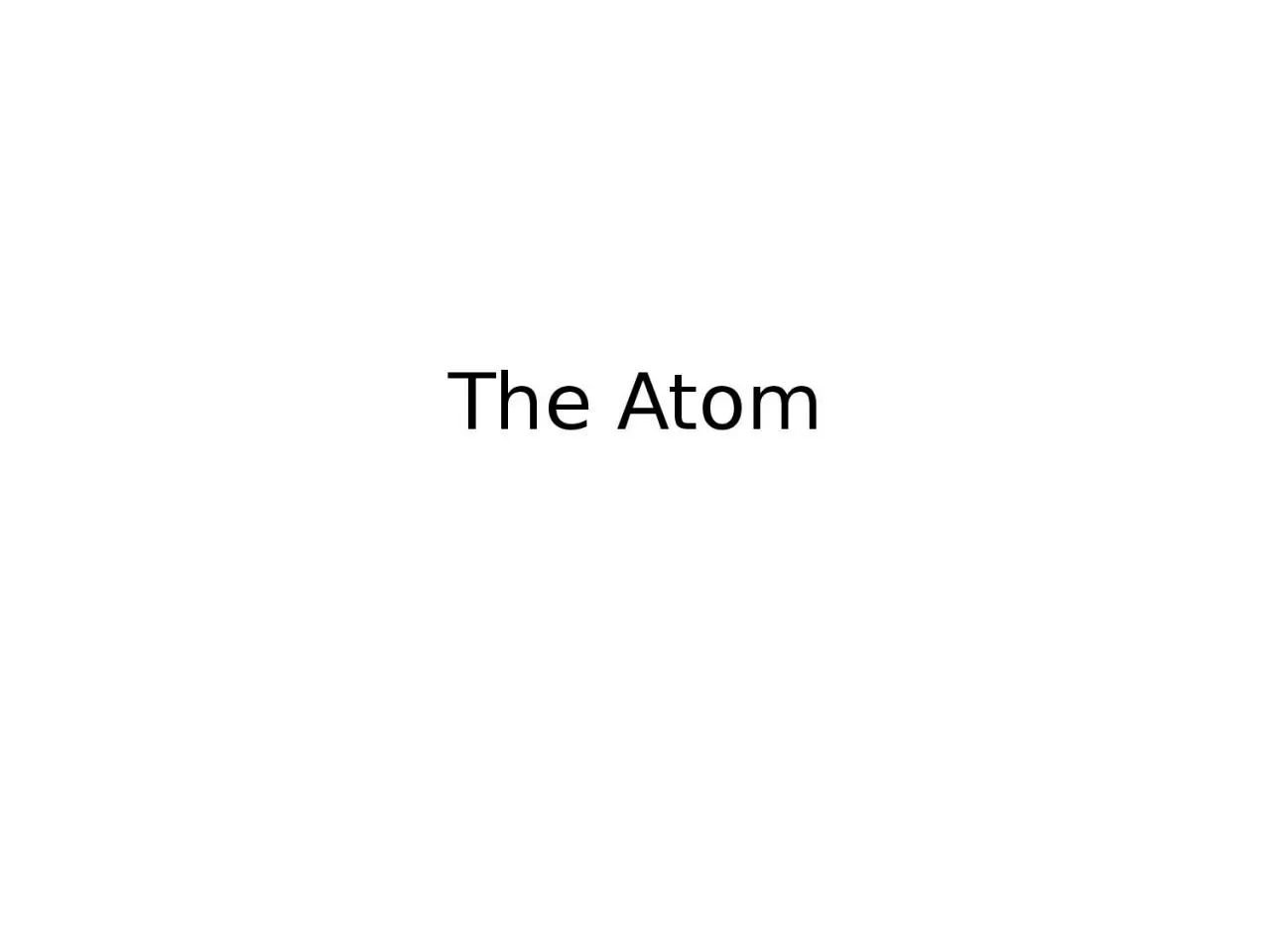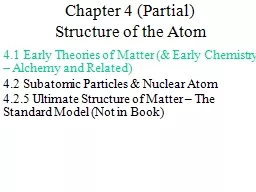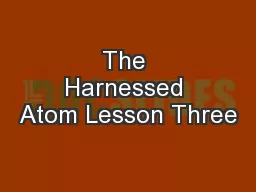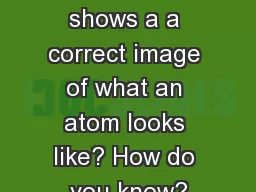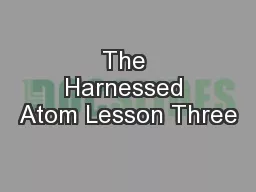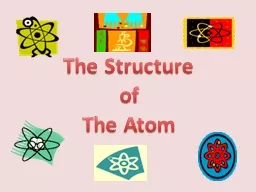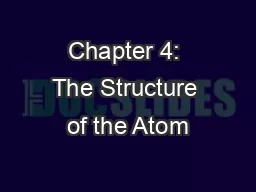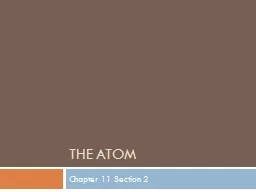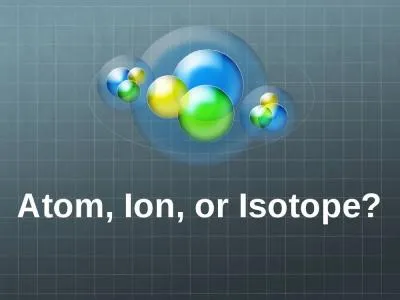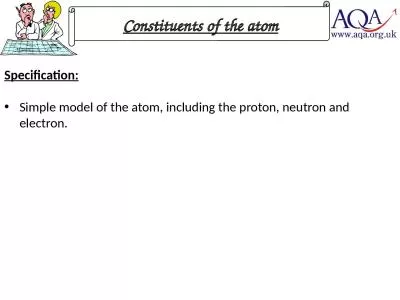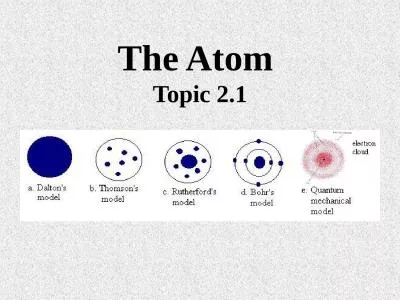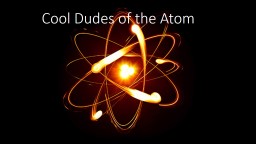PPT-The Atom All particles have charge
Author : desha | Published Date : 2024-01-03
The concept of charge has allowed us to make lots of discoveries about the atom Different models of the atom Complete questions 15 on page 1
Presentation Embed Code
Download Presentation
Download Presentation The PPT/PDF document "The Atom All particles have charge" is the property of its rightful owner. Permission is granted to download and print the materials on this website for personal, non-commercial use only, and to display it on your personal computer provided you do not modify the materials and that you retain all copyright notices contained in the materials. By downloading content from our website, you accept the terms of this agreement.
The Atom All particles have charge: Transcript
Download Rules Of Document
"The Atom All particles have charge"The content belongs to its owner. You may download and print it for personal use, without modification, and keep all copyright notices. By downloading, you agree to these terms.
Related Documents

